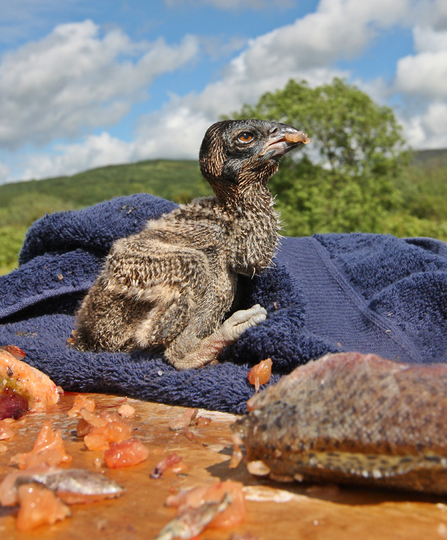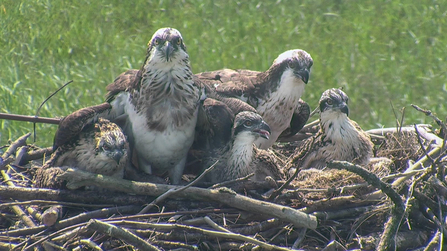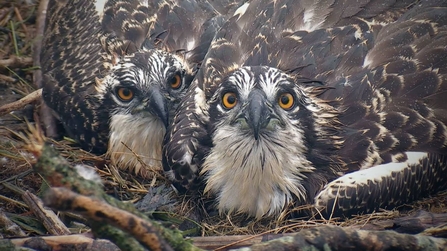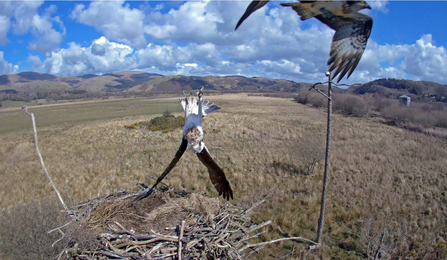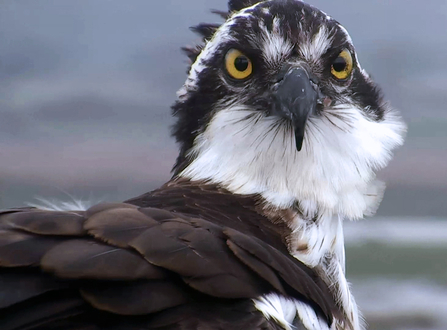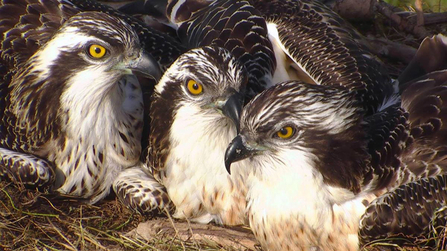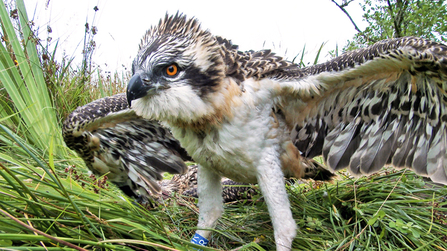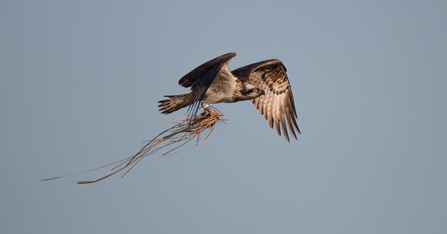Here are the advent photos and stories we are showing on our DOP Facebook page at the moment.
ADVENT: 25th December
HAPPY CHRISTMAS!
This year's Christmas Blog is a bit different.
Only one of the eight breeding ospreys in Wales is ringed, so they cannot be Welsh or English birds right?
For the first time publicly, we present a hypothesis that explains away this awkward ecological contradiction and reveals the origin of most of these birds. It's a bit longer than usual, there's quite a lot to get through. Do you agree that this explanation is plausible?
Find a quiet few minutes if you can, grab your favourite Christmas tipple and let us know - BLOG HERE

